Find out what four industry players have to say about supply chain risk and what it means for the insurance industry

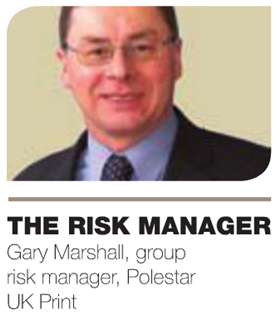
”We are a supplier to others and they are reliant on us to deliver. We have to be extremely proactive and organised to make sure that in certain circumstances – for example, machinery breakdown – we can still deliver a magazine to a final outlet at the right time, because that’s what we’re asked to do by our customers.
“If you go chasing for whoever you can to provide your components or finished products at an acceptable unit price, then you might end up going to the ends of the earth to find those suppliers. And then of course you are more open to all the things that can interrupt that flow of supply.
“I would expect the most well funded of businesses can afford to have a structure that enables them to look at multiple tiers of suppliers, but for a lot it’s difficult even getting sufficient visibility around the primary suppliers.
“From a paper products perspective, clearly an interesting area for us is: what are the forests of origin and where was the pulp created? Tracking that sometimes throws up surprises.”
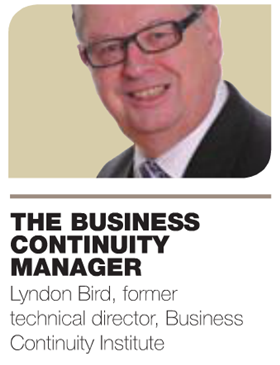
“The financial crisis and recession squeezed yet more value out of the supply chain, and has probably made them even less resilient in the sense that there is less slack in the whole process. But that’s only emphasised the trend that has been going on for a couple of decades with ‘just in time’.
“These processes have made organisations more efficient, but also slightly more vulnerable. So, the question from a risk management perspective is: where do those positive benefits start to be outweighed by the negative risks caused by the possibility of failures? When I started in risk, our policy with supply chain used to be ‘no risk at any cost’. Now it’s ‘any risk at the lowest cost’. And you have to get a balance.
“Major natural disasters tend to create a lot of noise around those particular years – we had a spell in 2010 and 2011 with the volcano in Iceland, the Japanese earthquake and tsunami, floods in Thailand and earthquake in New Zealand. A lot of the interruptions that year were related to failures of suppliers in those places.”

“Supply chain is now a boardroom topic for many companies for a combination of reasons. ‘Just in time’ deliveries mean that even a short delay in a company’s supply chain can have a big impact on their ability to operate at profitable levels.
“Also, the sourcing of raw materials and finished products is now a global market, meaning that a company’s ability to meet their customers’ needs relies heavily on third parties based overseas. This exposes them to a wider range of risks, from political perils such as civil unrest, through to natural catastrophes such as hurricanes and floods, all of which can affect the supply chain of goods.
“While natural catastrophes and political instability are still the key threats to a supply chain, cyber is increasingly becoming a concern. The logistics industry is now entirely reliant on IT systems and a cyber breach could have a devastating effect on international supplies.”

”The nature of supply chain is changing. Traditionally it was a linear model where you could almost physically see the chain and work out where the risks were.
“Supply chains are now very complex and are virtual as well as real. There’s lots of data in the supply chain now, so the risks have gone up significantly.
“It’s too easy to assume you can apply the more traditional supply chain methodologies to what’s increasingly becoming a highly complex spider’s web-type arrangement.
“People are concerned about cyber attacks within their supply chain. The insurance market around that issue is still quite underdeveloped.
“Our clients and other companies are looking at how best they can insure against that in future. They can’t rely on traditional disruption-type insurance policies, so we’re working with insurers and clients to work out what the real loss is and how to mitigate against those risks.”
Hosted by comedian and actor Tom Allen, 34 Gold, 23 Silver and 22 Bronze awards were handed out across an amazing 34 categories recognising brilliance and innovation right across the breadth of UK general insurance.





































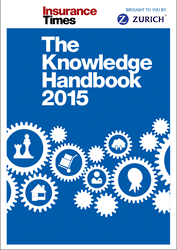
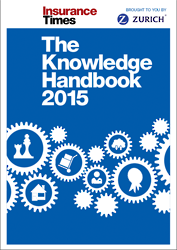
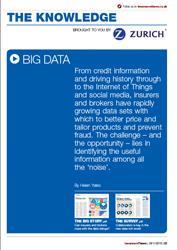
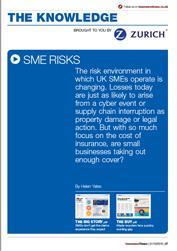
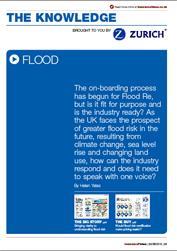
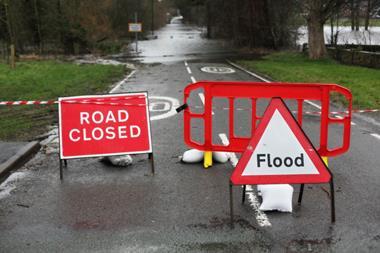



No comments yet